Kenza Elazzouzi was driving to her friends' place in the quiet neighbourhood of Ste-Foy in Quebec City on Jan. 29, 2017. It was a Sunday night. She heard sirens, but quickly dismissed them, assuming they signalled an accident somewhere else. When she arrived at an intersection about 50 metres from the local mosque, police officers had blocked the road. They stopped her and aimed guns at her car window. Minutes later, she learned of the carnage: a gunman had run into the mosque, killed six worshippers and wounded more than a dozen others. “They were running everywhere, it was strange,” Elazzouzi recalled. She parked on the side of the road, where she saw the teenage son of a close friend crying. “I took him in my arms and he was yelling, ‘My dad, my dad, my dad,’” she said, staring at the table in a Ste-Foy coffee shop. “It was hard."
Elazzouzi is among the many Canadians preparing to mark the first anniversary of a terror attack that made headlines across the globe. National Observer spoke with several members of the Ste-Foy community as they planned four days of commemorations for the victims and their families which will take place between Jan. 26 and Jan. 29. The teenager in Elazzouzi's story is the son of Azzedine Soufiane, a 57-year-old father of three children and butcher at a local shop. He was one of the six men killed in the attack at the Islamic Cultural Centre of Quebec City (CCIQ). Alexandre Bissonnette, who was a 27-year-old student at Université Laval at the time, is charged with six counts of murder and six counts of attempted murder. He will appear in court at the end of March this year. It's alleged that Bissonnette entered the mosque around 7:45 p.m. on Jan. 29, 2017, where more than 60 people were chatting after prayers. Karim Hassane, Khaled Belkacemi, Ibrahima Barry, Aboubaker Thabti, Mamadou Tanou Barry and Soufiane were killed, and 19 men were injured.

Survivor recounts harrowing attack
Aymen Derbali opened his eyes in a hospital two months after the attack, having suffered a coma and four cardiac arrests. The 41-year-old father of three from Tunisia was the most severely injured of all the survivors. Seven bullets entered his body, leaving his legs paralyzed and with only partial use of his hands. He requires constant support today. Doctors worried that Derbali had also suffered memory loss, but today, his memories of the tragic event are clear. He spoke with National Observer from the rehabilitation centre where he lives.
He recalled arriving late and entering the mosque right behind the gunman. He said he didn't see the two bodies that were lying by the entrance; he had gone further down the corridor to take off his shoes and go into the prayer room. People in the room looked worried and that’s when he realized there was a man in a white t-shirt holding a weapon on his left, he said. He believes it was the same man who had entered the mosque just ahead of him. Derbali said his brain was racing: he was still near the corridor and could hide in the bathroom, or he could stay and attract the man’s attention to stop him from shooting into the crowd of people in front of him.
He chose the second option. “I started looking up and down, giving the impression I was going to run toward him,” he said, sitting in his wheelchair in a meeting room of the rehab centre. “When he saw me, he saw that my gestures were weird so he kept looking my direction.” He was visibly tired recalling the tragedy, and sometimes paused in order to breathe. Since July, Derbali has been in a rehabilitation centre where he gets daily physiotherapy and ergotherapy sessions. He also sees a nutritionist and social worker. He is learning to move in a wheelchair and to regain muscle strength in his hands. Witnesses who spoke with Derbali after the attack allege that the shooter fired at him several times until his weapon jammed. As for Derbali, he remembers a man looking down at him, saying, "Stay with us, don’t close your eyes, stay with us, stay with us." But his eyelids felt too heavy to keep open. Still, he recalls the police taking charge.“The policeman said, ‘No one move. Hands in the air. Don’t move. Nobody moves,’” he said. The policeman in front of him was holding three people on the ground and was yelling, ‘No one moves.’ He saw another policeman on his right. Then he blacked out. He's been widely hailed as a hero for risking his life to save others.
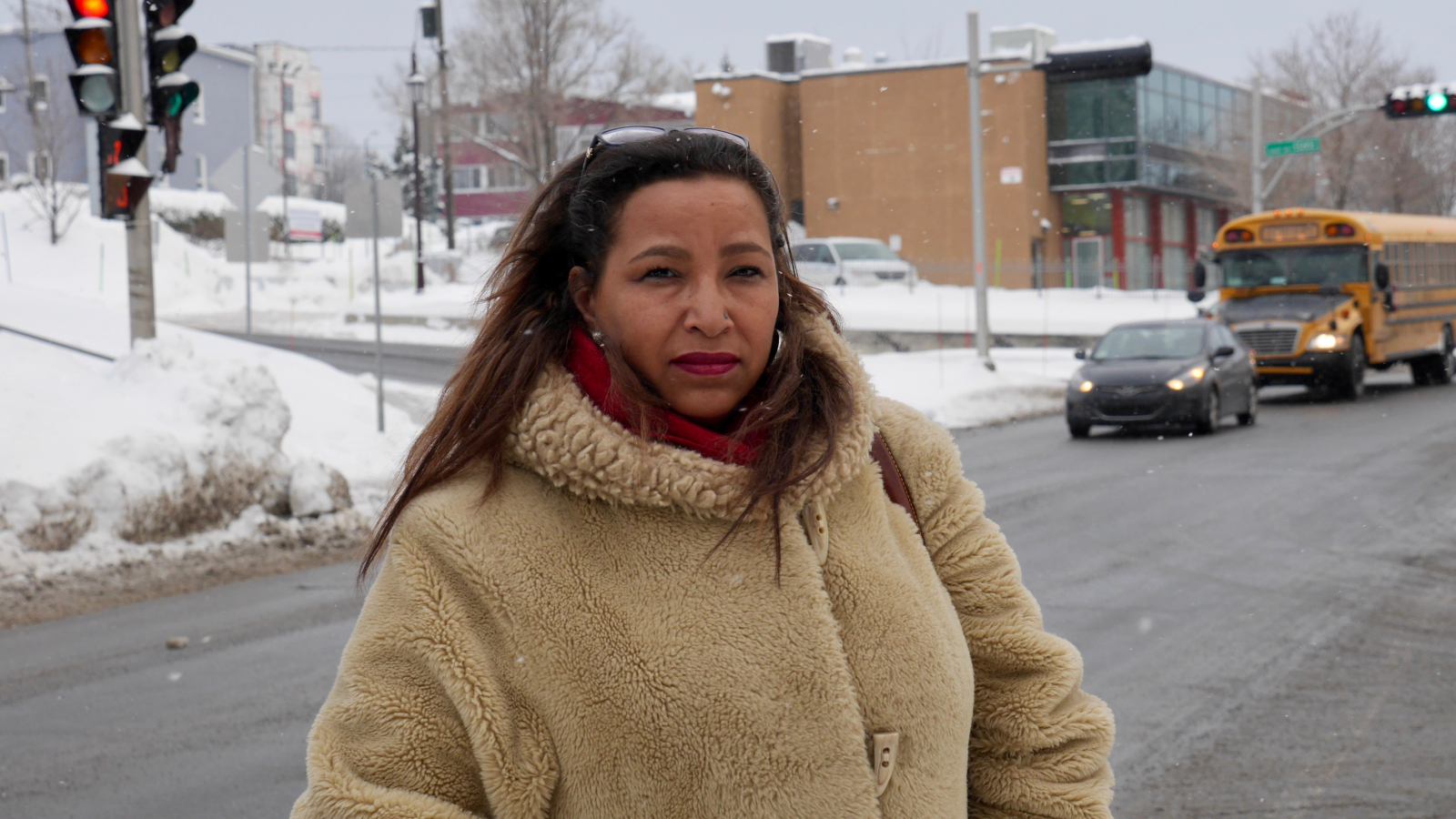
Sleepless nights after attack
Safely at home the night of the shooting, Kenza Elazzouzi couldn't sleep. Not that night, or for many nights to follow. She constantly comforted her friends: some had witnessed the attack and others had lost a relative. Some couldn’t grapple with what had happened. She, too, had trouble understanding. She had lived in Quebec City for 35 years and never imagined such violence was possible. “I was really really upset. I wasn’t able to go to work. I wasn’t able to do so many things," she said. She focussed on community. “I was with the families... I became like a support, I became strong for my friends,” she recalled. “Nothing else was important anymore, not work, not anything else. We had to gather, to be in solidarity, and to support each other mutually.”
Josée Bélanger didn’t get much sleep either that night. The public school where she worked was about 200 metres away from the mosque. About 200 students attend Notre-Dame-de-Foy and 81 per cent of them have immigrant parents. Forty per cent of the kids are Muslim, according to Bélanger. She was the contact person at the school in case of an emergency and her phone began buzzing on Jan. 29, 2017, a few minutes after 7:45 p.m. At first she ignored the notifications, but as they kept coming, she realized something was wrong. The longtime Quebec City resident didn’t have much time to process her shock. She called the headmaster and coordinated with teachers and staff sending her worried texts, emails and Facebook messages. Together, they decided that the school would stay open the next day. The rumour mill was churning and it was still unclear how many shooters there were and the extent of the attack.
“It was clear the school would not be closed,” she said during an interview nearly one year later. “We thought we’d put into place ways to reassure parents and children and the message we wanted to convey to them on this day was that if we didn’t feel safe ourselves, we wouldn’t be coming to school." School staff were told to act as normally as possible. Children would use the playground as usual, but with additional supervision. They were able to confirm that none of their students' parents had been killed, although two of the victims were Arabic and taught religion at the mosque to a number of their older students. Some of the children’s parents had also been witnesses to the massacre.
Bissonnette, the alleged gunman, had been arrested and access to parts of the Ste-Foy neighbourhood near the mosque were still restricted. Tactical teams were surveilling the streets, and children and parents coming to school were escorted by police. Thirty-five students stayed home because they were from families who were close to the victims, or because their parents were worried for their safety. When classes started, teachers asked children if they had noticed or heard unusual things. “The youngest had noticed the men wearing black clothes with machine guns, the emergency vehicles that were parked everywhere in our street, and the sirens we were hearing frequently,” said Bélanger.
Others were more distressed. Some lived in apartment buildings behind the mosque and had heard the gunshots. Visibly shaken students received counselling in a carpeted room with soft lighting at a crisis centre that Bélanger oversaw. She said was worried by what she heard. “Are we going to die? Could he come back to school? Are we going to be attacked? What is going to happen if someone gets in our school?” were among questions children asked. “All these questions were not necessarily asked to parents," she explained, "but children felt comfortable asking them to us.”
Teachers consoled parents, students
A second crisis centre was added to comfort students and their parents who were in even more distress. Bélanger said parents were more affected, since they understood the true horror of what happened: “There were parents that we took in our arms. We had to receive their worries, their tears, their distress, their sadness." France St-Onge, the acting headmaster, was not at the school at that time, but believes that people — especially immigrants and refugees — were not only mourning their friends, but the evaporating feeling that Canada was a safe place for them. Some parents had to be convinced to let their children go back to school after several days of absence. “A woman told me she’d heard gunshots and she said to me, ‘I fled my country because that’s what I heard on the streets back home, and now, I’m in Quebec and I’m hearing the sounds I used to hear,’” said Bélanger.
That Monday evening, many students and school staff were among thousands of Quebec City residents who attended a candlelight vigil outside the Ste-Foy church. Similar vigils took place throughout the country. “Parents who saw us walk, saw us being there, told us it had felt good to see us there, to feel that we were with them,” said Bélanger.
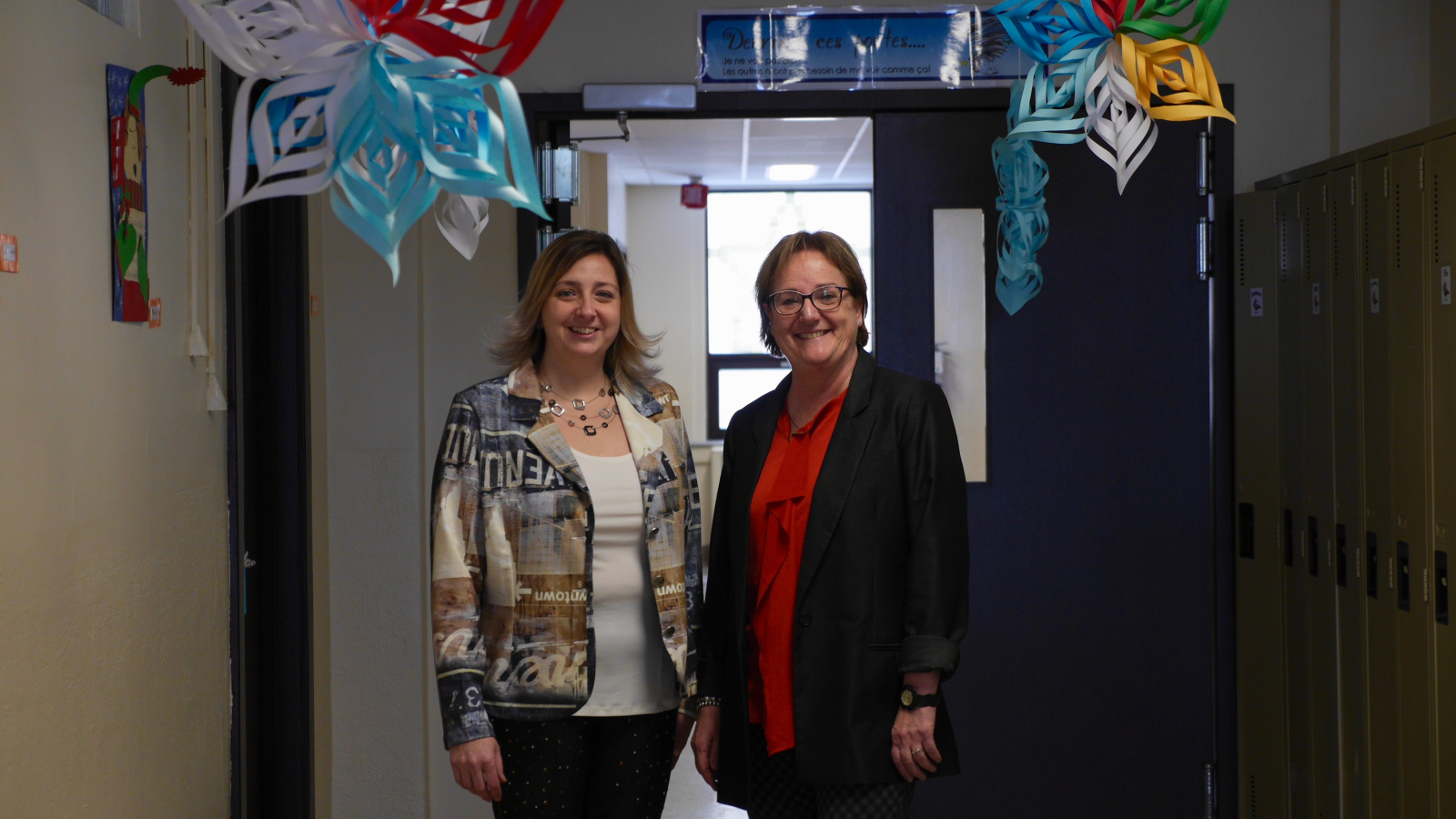
The healing process begins
Sébastien Bouchard, was one of the vigil organizers. As the start time approached, he was pacing. The person who was supposed to lead the speeches was stuck in traffic, so he asked his friend Elazzouzi to do it. She did not hesitate. “I needed to do something, to be involved and to give,” she said. At the Notre-Dame-de-Foy school, there was a desire to do more as well. The day after the vigil — two days after the tragic attack — Bélanger and the staff worked to reassure and foster a positive environment for their students. “We wanted children to be involved in this solidarity movement to say ‘We are strong, we stick together. Even if we are not all Quebecers and even if we have different religions here, we want to show we want to move forward anyway,’” she said. Children made stars out of paper and wrote encouraging words for their community inside. The teachers stuck them on the snow by the entrance of the school, where some parents had already left candles and pictures.
This touching memorial remained outside the school for a week. When the stars were brought inside, they were placed in a box where children could add new pictures and messages, along with questions or calls for help. After the 40 days of mourning — based on Muslim traditions — students and teachers gathered the 200 stars and took them to the mosque to give to its imam. When Ramadan came around at the end of spring that year, some of the Muslim children were worried that “people with bad intentions” might “hurt them” again, said Bélanger. But the school staff continued to reassure them and the children gradually returned to their routines.
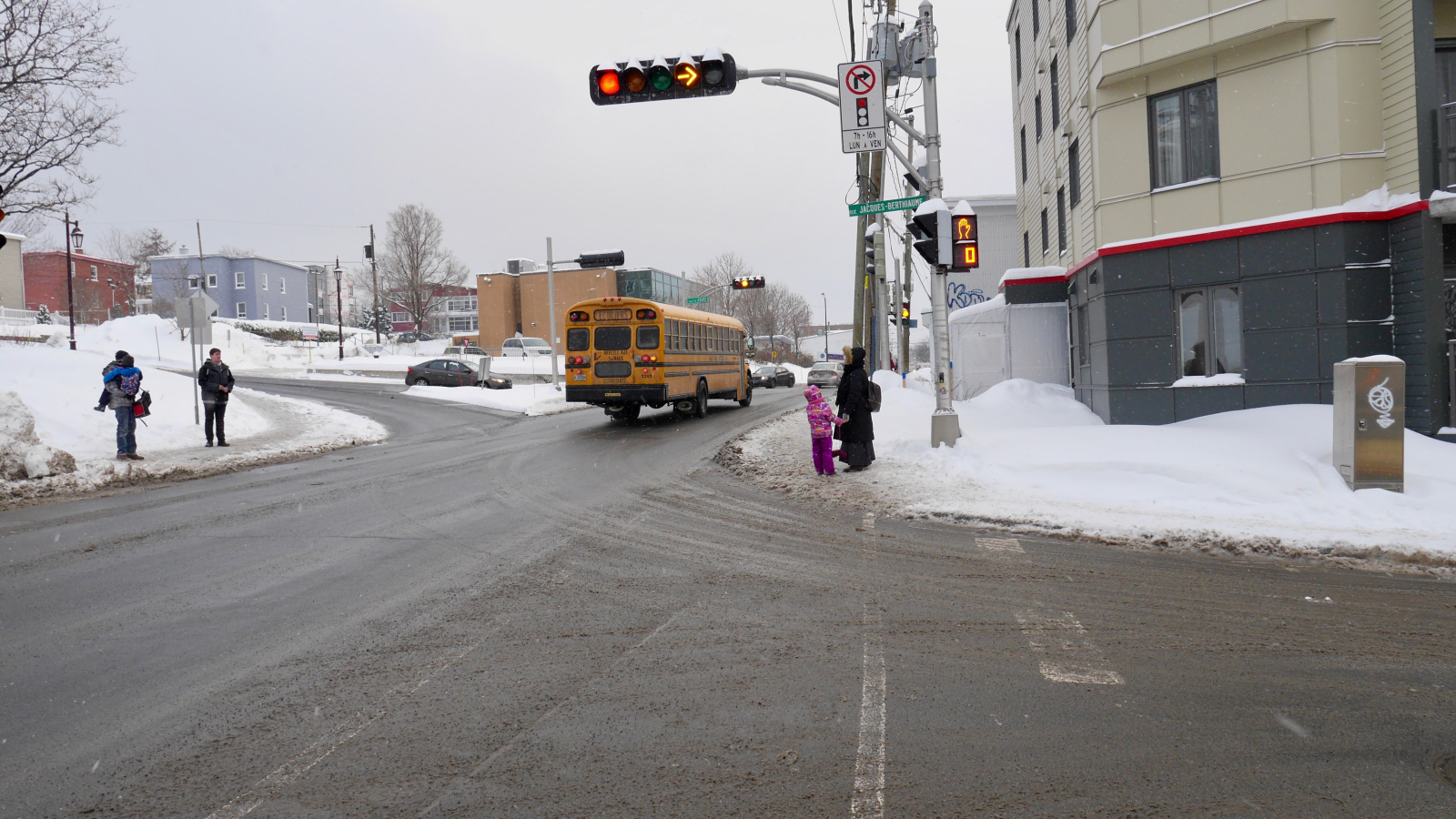
A dedicated father recovers
Derbali, while struggling to recover, said that friends and faith have helped him heal since the attack. His wife, Nedra, stayed by his side “almost 12 hours every day from noon to midnight,” while his family and friends stayed at home and took care of his three children, ages eight, four and one at that time. He said knowing they were there helped him heal the most. Derbali is a devoted dad who shared a passion for soccer with his eldest son, Ayoub, and took him to practices and games. After work, he would play the game with his middle son, Youssef, who has autism. His youngest daughter, Maryem, had not turned one when he was shot. He said Ayoub, his eldest son was traumatized and got the help of a therapist. “Until now, he can’t stop talking to me about what happened, telling all the details about what happened, and trying to find videos and articles on the Internet,” said Derbali.
When his wife brought the littlest one to see him at the hospital, the toddler started crying. “She was scared of me,” said Derbali. “Whenever her mom took her close to me, she would cry.” He smiles with relief that now she is slowly getting used to him and starting to say, "Papa." He goes back home on weekends, but his apartment is not wheelchair accessible. About $287,000 has been raised to buy him an accessible home through a crowdfunding campaign launched in December by a Canadian-Muslim non-profit called DawaNet. “My faith helps me remain hopeful all the time,” he said. “Obviously, sometimes we feel weaker but we come back to faith. I went back to the mosque to pray and it helped me.”
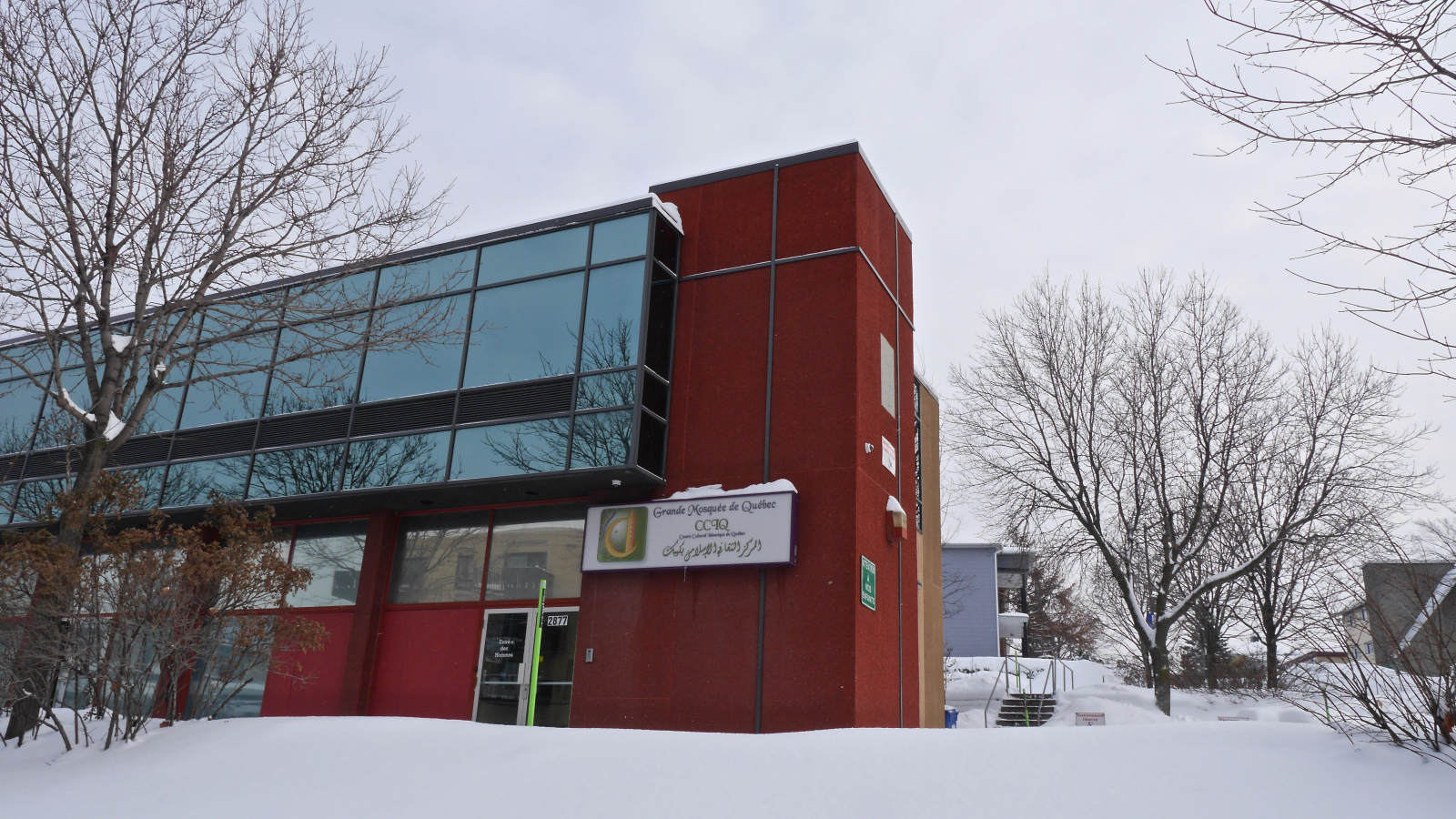
Mosque under permanent, heightened security
The Islamic Cultural Centre of Quebec City (CCIQ) has changed forever. Its doors are now locked around the clock, and members need magnetic cards to enter. Camera surveillance has increased. Blocks of concrete were put next to the entrance, but had to be removed for winter snow removal, a move that makes Boufeldja Bennabdallah, co-founder and vice-president of the mosque, uneasy. Even before the terror attack, the mosque was targeted. On June 19, 2016 a pig's head with a note saying, "bonne appetit" [sic] was found at its doorsteps. On Nov. 10, 2014 it was one of three Quebec City mosques that had found posters plastered on its entrance saying, "Islam hors de chez moi" (Islam out of my country). After the 2017 shooting, feelings of insecurity increased for many Quebec City Muslims. The torching of the mosque president's car on Aug. 6, 2017 further convinced many that more protection measures are necessary.
“I have a security system, people are buying security systems for their children, their houses,” said Bennabdallah, who spoke with National Observer on Jan. 17, 2018. The increasingly overt presence of far right groups in Quebec’s capital, including La Meute and Atalante, has heightened feelings of insecurity. “We are scared, there’s a disgust, we’re fed up with the emergence of these sorts of groups,” Bennabdallah explained. “I’ve been here for 48 years. I say to some people from La Meute and Atalante, ‘I’m older than you in this country, so don’t tell me to re-migrate.’”
Four days of commemoration planned
Benabdallah worked with the mosque, Quebec City government, families of the victims, Université Laval, Quebec City diocese and a group of citizens "Commémoration Citoyenne" to plan four days of commemorations for the attack, from Jan. 26 to 29. Benabdallah believes it’s necessary to remember the tragedy as a “lesson for humanity and society,” but also to warn about the rise in groups and individuals who promote hatred. “We are telling society, let’s be careful and keep this generosity that is ours as citizens,” he said. “Let’s keep this generosity and this empathy but let’s be careful about this rising minority, let’s talk to this minority.”
Since the first vigil last year where Elazzouzi took the microphone and led speeches, she has remained active in the fight against hatred in Quebec City, which she saw as a haven of tolerance before the shooting. For the few past months, she has worked with a dozen people from different backgrounds, jobs, and religions who form a group called Commémoration Citoyenne to organize ceremonies for the one-year anniversary. “We need to be in solidarity, to create a space where people can mourn, can bring support to family, denounce this crime which is unacceptable and be in solidarity as much with Muslim family, as with their relatives and the neighbourhood,” said Elazzouzi.
Benabdallah is also making sure families of the victims and members of the mosque are supported in the days to come. The mosque, he said, has made several psychologists available to answer questions or provide advice during the commemorations. He's also concerned about the month of March, when Bissonnette, the alleged shooter, is scheduled to appear in court in a trial expected to last two months. “This trial will again open wounds, will generate a lot of media coverage,” he said. “But there needs to be closure. It needs to end.”
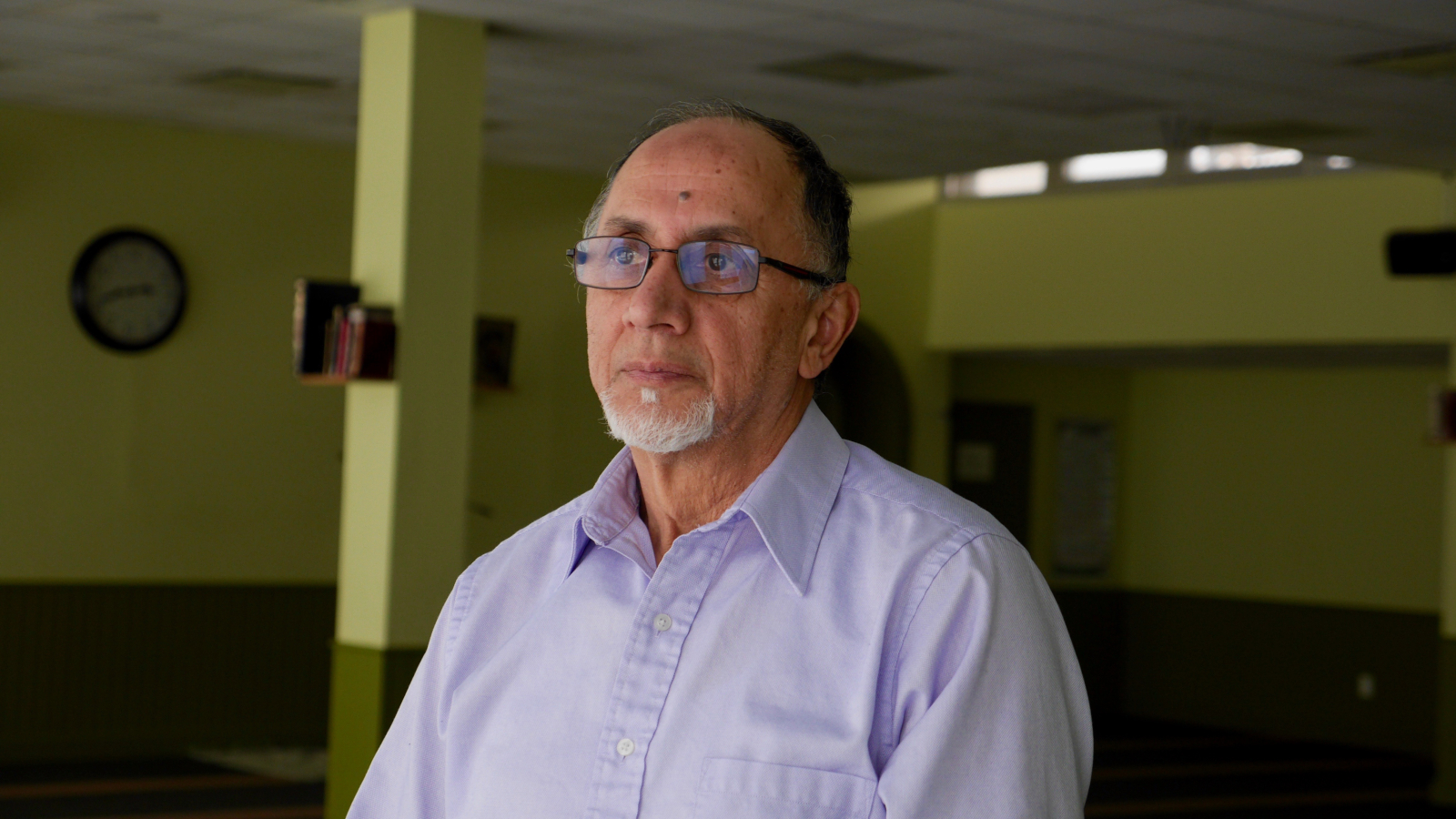
Although he was not present, Benabdallah said it's emotionally exhausting to continually think about the attack.“It’s curious, we haven’t lived this massacre but it’s extremely hard,” he said. “We think about it everyday, everyday, everyday. Why can’t we break away?” He paused, as he held back tears in the upstairs room of the empty CCIQ. France St-Onge, headmaster of Notre-Dame-de-Foy, went to a meeting with all the headmasters from the school district of Commission Scolaire des Découvreurs and said the feeling was similar. Many headmasters said many of their students are struggling to remember a year later. “A headmaster said he’d asked youth impacted (by the attack), and they said, ‘No, we don’t want a special event to remind ourselves of that.’ They will still do something at school — signatures in a book or wearing a color or sign,” she said. “We don’t want to fall into something sensational or dramatic.”
The students of Notre-Dame-de-Foy will make new stars this year, whose messages of peace and diversity will be stuck to classroom windows, so local residents can see they're “working on creating something beautiful,” said Bélanger, the rehabilitation psychoeducator. “We are going to take several minutes to make an activity to say to our community that we are in solidarity, we love each other and we want peace here."



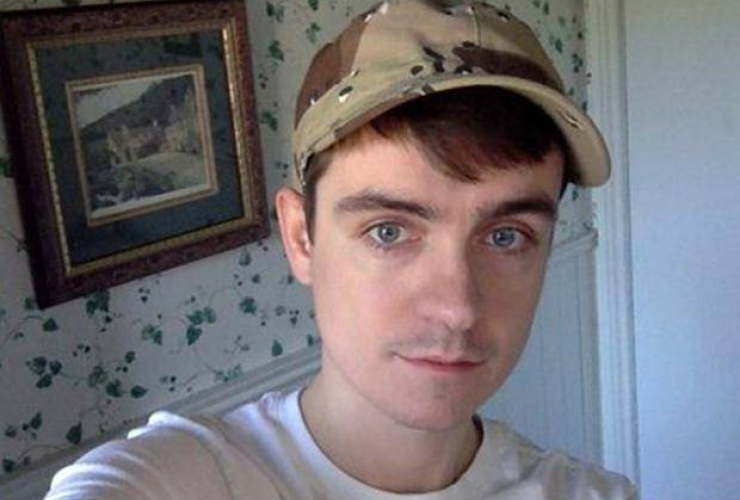
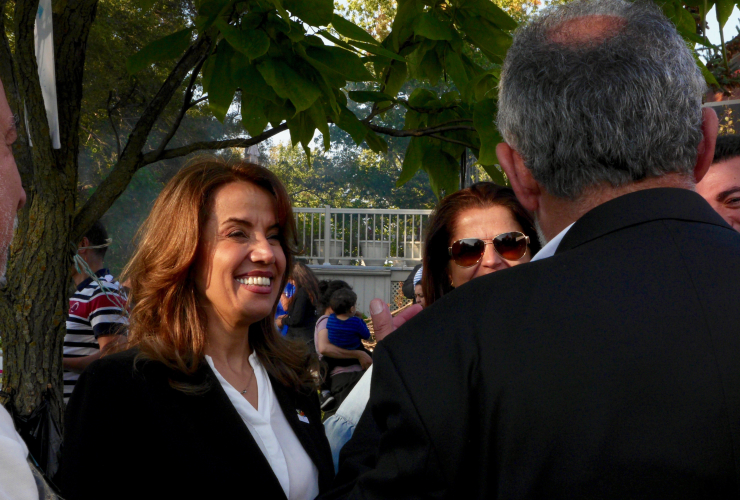

Comments